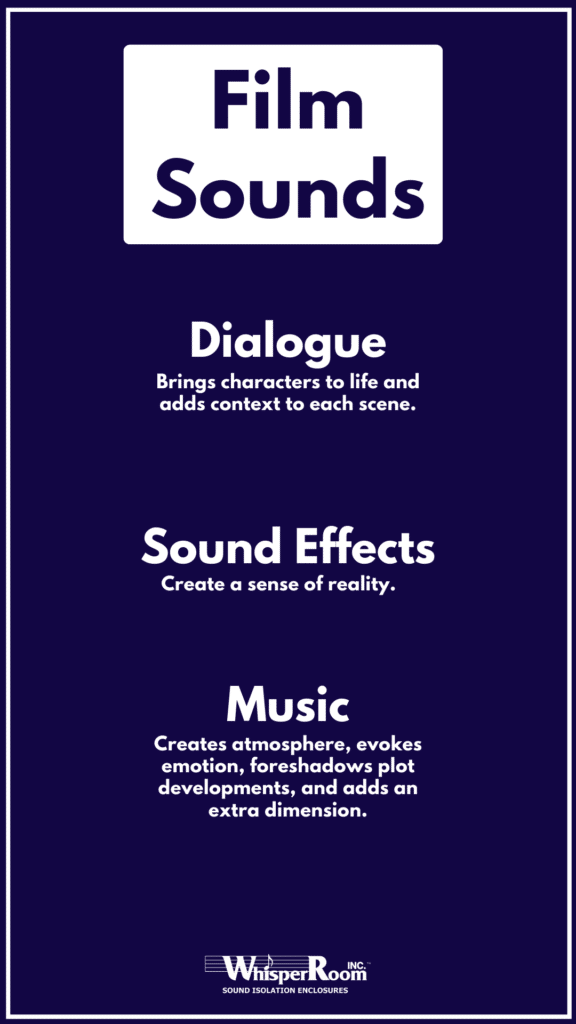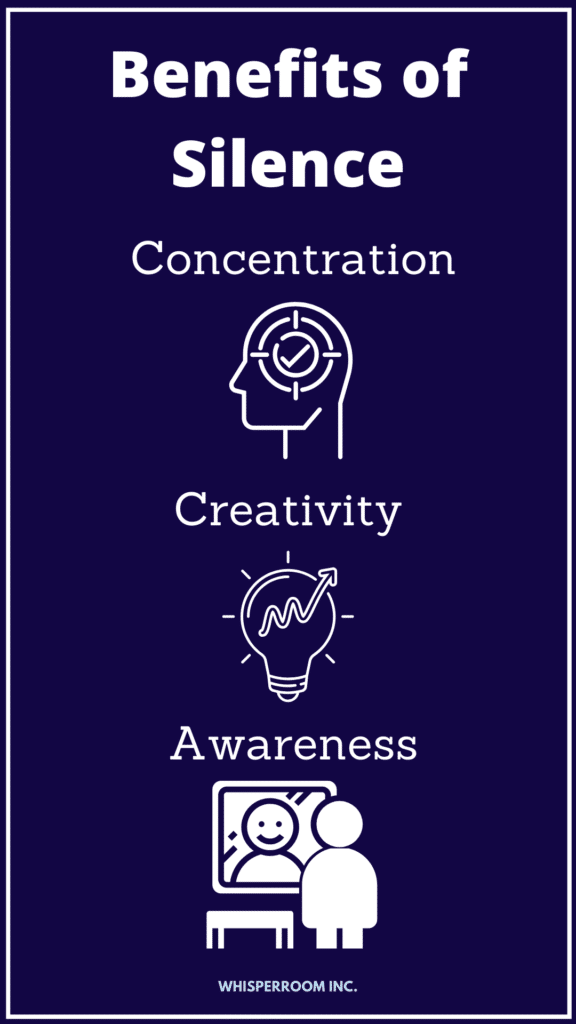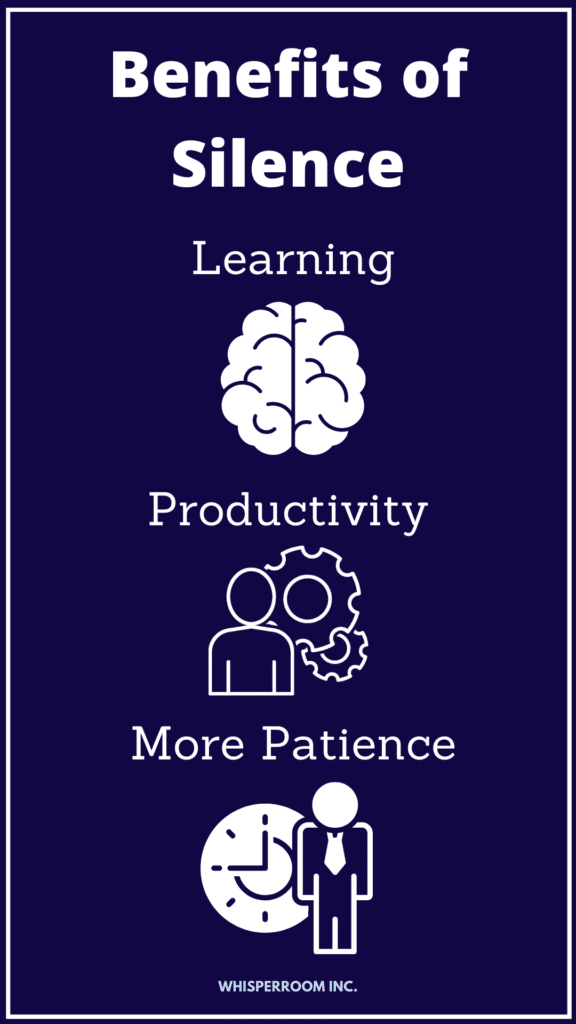WhisperRoom™ is a proud sponsor of the podcast Recording Studio Rockstars. In each episode, Lij Shaw interviews music producers, engineers, studio owners, and other professionals to bring you inspiring stories, tricks, and insight from the recording industry.
You can listen to the entire podcast archive of Recording Studio Rockstars here or from your favorite podcast app.
RSR: Episode #243: Cheyenne Medders – Songwriting and Producing Pop Indie Rock and Folk
In Episode #243 of Recording Studio Rockstars, Cheyenne Medders talks about writing songs and finding your own lyrical voice, knowing what to write about, making a living as a songwriter, mixing with templates and referencing, plus The Artist’s Way and The War of Art.
Listen to the full episode here or stream it in the video below!
Who is Cheyenne Medders?
Cheyenne is a singer-songwriter, producer, and musician living in Nashville. Originally from North Georgia and taught guitar by his father, Cheyenne started writing songs and playing music with his brothers as a young teenager. In 2005 he moved to Nashville, where he produces his own music and helps other artists bring their ideas to life.
He is a member of the indie rock band The Nobility and produces lo-fi electronic music under the name Bellbear. Additionally, he is a member of the Real Sword music collective in Nashville.
Cheyenne runs a home studio called Departure Room and has produced, mixed, written on, played on, or otherwise worked on recordings by The Secret Sisters, Sarah Darling, The Kernal, James Paul Mitchell, Z Swann, Jude Smith, Svrcina, and more. In 2019, he released 3 new singles from his upcoming full-length album Sapphired Up, due out in 2020.
Film Sounds: The Noise of Video ProductionThe audio of video production is just as important as the visual component, if not more so. Film sounds add context to the visuals and help inform viewers of what’s actually going on in a scene. When properly combined, audio and video work together to create a one-of-a-kind experience.
It’s helpful to understand all the different sounds you hear while watching videos.
The Element of Sound
Novice filmmakers, film critics, and general viewers often overlook the element of sound. So much precision goes into the subtle differences in a scene. When done well, sound design and sound effects should be indistinguishable throughout the film. A key to the power of sound design is its invisibility to the viewer.
3 Essential Catagories of Film Sounds
The three essential categories of film sounds are dialogue, sound effects, and music. These three types of sound are crucial to the viewer. A film’s sound team works to create a perfect combination of these different forms of audio to hook the audience and create a memorable viewing experience. Remember, the eyes see what the ears hear.
Dialogue
Dialogue is a vital component of any screenplay. It brings characters to life and adds context to each scene. The dialogue explains who characters are, what they are trying to accomplish, and who they might develop into later in the story.
The audience needs to be able to hear what the actors are saying in order to understand important plot points and to know what’s going on in the film. As a story line evolves, viewers become emotionally attached to characters because of what they do and say.
Sound Effects
Sound effects are another important element of television shows, movies, and feature films. Modern recording technology and editing software have changed sound effects production into a booming industry.
You can hear sound effects on the radio, in podcasts, movies, video games, theater, films, and TV. These important sounds help guide the audience to believe what they are seeing and anticipate the expected – or unexpected. For example, something as simple as the doorbell ringing while a family is eating around the dinner table or a car engine struggling to start will provide clues of what might happen next.
In many instances, several subtle sound effects are happening simultaneously during a scene. This creates a sense of reality. Background conversation, the sound of lockers clanging in the hallway, overhead announcements, and a school bell ringing might be noises you hear during a scene at school.
As expected, the recordings of authentic sounds are usually more realistic than stock sound effects. The production team can edit or enhance real sounds by adjusting the pitch, volume, and intensity.

Sound FX and Foley Effects
Traditionally, sound effects are cut to a film and Foley effects are performed along with the picture. Sound FX Editors make the complex sounds like machine-gun fire and computer noises while Foley artists focus on realistic footsteps, movements, and specific props.
In post-production, the Foley artists will record realistic footsteps along to the film. These experienced professionals typically record in a Foley pit and have hundreds of props on hand to help them achieve whatever sound is needed for the project.
Capturing movement is another important aspect of the Foley artist. They are responsible for creating realistic noises that synchronize with characters’ movements. A dog rolling around in leaves, a jacket zipping, and a warrior putting on heavy battle armor are all examples of noises made by the Foley team.
There are specific props that Foley artists are responsible for creating sounds for. These props tend to be items that the characters interact with, like a magazine being loaded into a gun, the sound of a hammer hitting a nail, or a vehicle’s door being slammed shut.
Music
The importance of a film’s music is often unnoticed by the viewers, but it greatly adds to the experience. For years, soundtracks and scores have played a huge part in film and television. Music creates an atmosphere, evokes emotion, foreshadows plot developments, and adds an extra dimension to the audible part of a film. According to George Lucas, “…sound and music are 50% of the entertainment in a movie.”
The music you hear in a film is either part of the score or the soundtrack. A score is specifically written to accompany the film while a soundtrack is a collection of previously recorded songs. Both are used in film and television. With a little bit of luck and a lot of planning, the right song at the right time can create an iconic cinematic moment.
Watch this video to see how music can change how your brain perceives a film.
Diegetic Sound vs. Non-Diegetic Sound
Diegetic and non-diegetic sounds comprise the sound design for every TV show, Hollywood movie, and video production that you watch.
Diegetic sound
Diegetic sound is any noise whose source is visible on-screen or is implied to be present by the action of the film. These sounds can either be on-screen or off-screen depending if its source is in the shot or not.
- The sound of characters voices
- Sounds made by objects that are part of the storyline
- Music that is represented as coming from instruments in the story
Non-diegetic sound
Alternatively, non-diegetic sound is any noise whose source is not visible on the screen and is not implied to be present in the action of the film. These sounds are represented as noises that come from outside the story.
- The sound of a narrator’s commentary
- Sounds effects that are added for a dramatic effect
- Music that is added for mood (the score and soundtrack)
WhisperRoom™ is a proud sponsor of the podcast Recording Studio Rockstars. In each episode, Lij Shaw interviews music producers, engineers, studio owners, and other professionals to bring you inspiring stories, tricks, and insight from the recording industry.
You can listen to the entire podcast archive of Recording Studio Rockstars here or from your favorite podcast app.
RSR: Episode #242: Glenn Fricker and Spectre Sound Studios Heavy Metal YouTube Channel
In Episode #242 of Recording Studio Rockstars, Glenn Fricker talks about making heavy metal records at Spectre Sound Studios, taking his YouTube channel from zero to 350,000 subscribers, why you shouldn’t cup the microphone, how to get awesome metal guitar recordings, and much more.
Listen to the full episode here or stream it in the video below!
Who is Glenn Fricker?
Glenn Fricker is a musician, an engineer, and the host of a very successful YouTube channel at Spectre Sound Studios. On the channel, he teaches great insights into recording and mixing heavy metal, and also offers fearless and ruthless gear reviews.
Glenn loves making records, and after doing it for sixteen years, he wanted to pass on what learned through tutorials on how to record guitar, bass, real drums, and vocals. You will find reviews and demos of tube amps, amp sims, drums mics, preamps, outboard gear, and plugin effects. Everything you’ve wanted to learn about recording Hard Rock & Heavy Metal can be found at Spectre Sound Studios.
Glenn also designs guitar pedals. He recently designed the SMG Cock Blocker Noise Gate to create perfectly tight heavy guitar performances. Check out a review of his pedal and some other videos from his YouTube channel below.
The world around us is often difficult to cope with. Many of us tend to lose focus and find it difficult to remain consistently productive. With all the distractions of our daily lives, it’s easy to recognize that we need less noise in order to keep our concentration.
Forbes reports that successful business leader, Vijay Eswaran has built his career on his ability to meditate in silence each morning. He seeks to spend some time reflecting on the day ahead and discover its importance. Eswaran has created a theory of business management based on developing his productivity by spending a little time each morning in silence considering what information he needs to consider each day and what can be pushed aside.
A little less noise is good for all of us, so let’s take a look at the 7 incredible benefits of silence.
1. Enhanced Concentration:
Silence creates an environment conducive to focus and concentration, allowing you to perform tasks more effectively.
One of the major reasons why silence has become an important part of everyday life is the ability to focus as the modern world and its various noises enter your brain all at once. The ability to focus on different tasks is often accompanied by a little background noise.
Focus is almost always lost when a sound reaches around 80 decibels. A silent environment or one with just a little background noise will help you concentrate the best.
2. Boosted Creativity:
Embracing silence can stimulate your imagination and inspire innovative thinking, unlocking new ideas and solutions.
Without a doubt, creativity is an important part of life, and silence is an important part of the creative process. Some studies have shown how important silence is to the success of individuals as they move through the creative process. An article on Medium explains that visionary scientists like Albert Einstein and Sir Isaac Newton worked almost exclusively alone for the majority of their lives. Psychoanalyst Ester Buchholz has previously explained the best creative work is often completed in solitude or after a period of solitude.
When you shut out the outside world and focus solely on your craft, you can experience some of the best creative work, even though brainstorming with others offers its own set of benefits.
3. Heightened Self-Awareness:
By immersing yourself in silence, you can cultivate a deeper sense of self-awareness, fostering personal growth and introspection.
Many distractions and noises flood our world. When your attention is constantly being drawn away, you may never uncover how to improve your life. However, you can improve your awareness by practicing silence. Taking time to self-reflect will help you figure out if your life is working the way you’d like it to. Once you become aware of the changes you’d like to see, you’ll be able to make a conscious improvement to the patterns of your life.

4. Inner Calmness:
Silence provides a tranquil space that promotes a sense of peace, tranquility, and mental clarity.
When struggling with the stresses and strains of life you may have difficulties with staying calm. Stress is one of the most difficult aspects of modern life. The American Institute of Stress reports around 77 percent of people in the U.S. show some physical signs of stress in their everyday life. A period of silence each day allows the chance to relax and reduce stress levels.
5. Improved Learning:
Research suggests that excessive noise hinders learning, making silence essential for optimal information processing and knowledge retention.
UPMC Health has reported that the level of noise exposure affects a child’s abilities as a student. As a child is exposed to more noise, their school performance suffers and they experience greater struggles with concentration levels. In the 21st century, the exposure of children to tablets, cell phones, and video games has increased the level of hearing impairment which affects their ability to learn and develop correctly.
6. Increased Productivity:
Embracing moments of silence can help increase productivity by reducing distractions and improving task efficiency.
How do you measure productivity? If you are running on very little sleep and trying to complete as many tasks as possible in as short a time as possible, you may be missing out on the benefits of silence. In an article by Inc., research suggests that doing nothing and remaining silent has been reported to increase the production of new brain cells which could make you more productive in the future simply by doing nothing. Taking time to daydream may actually improve your productivity tenfold.
7. Cultivated Patience:
Silence encourages patience and mindfulness, allowing you to navigate challenges with a greater sense of composure.
Constant noise from the media and our day-to-day lives causes many of us to miss out on the benefits of silence. In today’s fast-paced world, almost everyone has a short fuse for frustration. Learning to enjoy silence cultivates calmness and peacefulness. When regularly practiced, your tolerance levels for becoming impatient will likely grow too. When you learn to savor silent moments, you’ll have more patience in daily hassles like traffic jams and long lines at the store.

Final Thoughts
In a world filled with distractions and noise, it becomes increasingly clear that we need moments of silence to maintain focus and productivity. The benefits of silence are profound.
Enhanced concentration becomes attainable when we create an environment free from the cacophony of modern life. Silence unlocks our creativity, allowing innovative ideas to flourish. By immersing ourselves in silence, we cultivate self-awareness and foster personal growth.
Moreover, silence provides a tranquil space that nurtures inner calmness and mental clarity, essential in combating the stresses of everyday life. Research shows that silence is pivotal for optimal learning and improved productivity. It also encourages patience and mindfulness, empowering us to face challenges with composure.
Embracing the profound benefits of silence, we can reclaim our focus, unlock our creative potential, and find inner peace amidst the chaos of the world. Let us embrace the power of silence and harness its transformative influence in our lives.
RSR: Doug Sarrett Shares Recording Tips From Al Schmitt, U2, & One RepublicWhisperRoom™ is a proud sponsor of the podcast Recording Studio Rockstars. In each episode, Lij Shaw interviews music producers, engineers, studio owners, and other professionals to bring you inspiring stories, tricks, and insight from the recording industry.
You can listen to the entire podcast archive of Recording Studio Rockstars here or from your favorite podcast app.
RSR Episode #241: Doug Sarrett Shares Recording Tips From His Work with Al Schmitt, U2, & One Republic
In Episode #241 of Recording Studio Rockstars, Doug Sarrett talks about his time starting out with Dan Huff, the ideal headphone mixes for tracking sessions, tips for recording brass and string sections, and his basic Pro Tools mix template for every session.
Listen to the full episode here or stream it in the video below!
Who is Doug Sarrett?
Doug is a Nashville-based Independent Audio Engineer. He came to Nashville to attend Belmont University and has worked steadily in Nashville Recording Studios for over 30 years. Doug is also the owner of Uno Mas Studio in Brentwood, TN.
Some of Doug’s Credentials
Here’s a brief list of some of the artists that Doug has worked with: U2, Paul McCartney, Bruce Springsteen, Aretha Franklin, One Republic, Vince Gill, Micheal McDonald, Amy Grant, Switchfoot, Glen Campbell, Micheal W. Smith, CeCe Winans, Shirley Jones (Mom Partridge), Lynda Carter (Wonder Woman), The Oak Ridge Boys, and tons of others!





